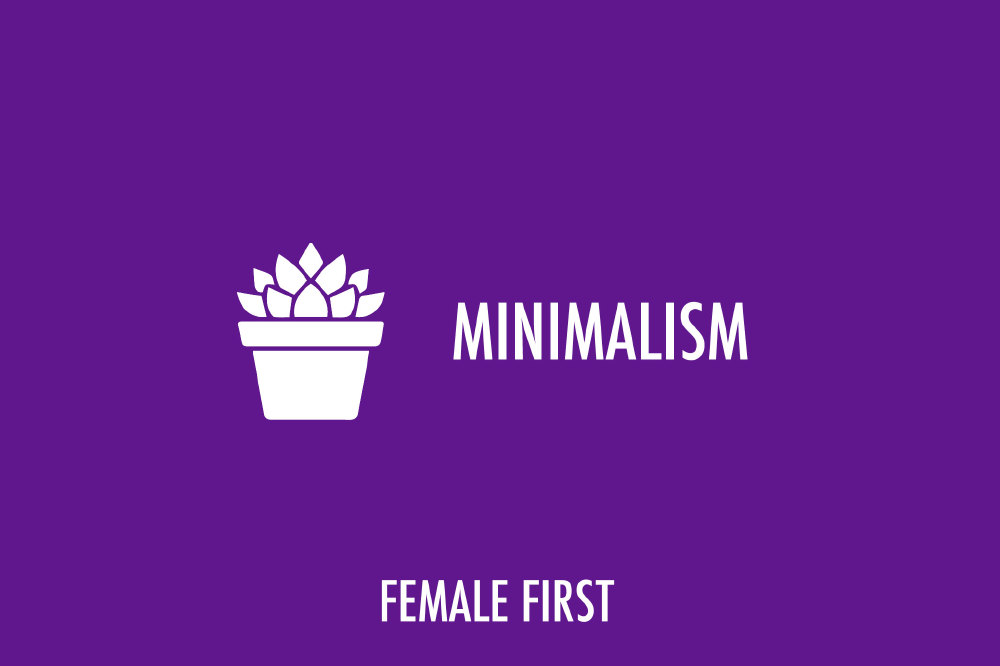I’ve just finished reading The Gentle Art of Swedish Death Cleaning by Margareta Magnusson and thought I would share some of what I learned from the book.

Minimalism on Female First
What is it? Swedish death cleaning is a process of decluttering however it’s different to the teachings of Marie Kondo and other organisational experts. This approach focuses on easing things for your loved ones when you pass away. No-one likes to think about their own mortality, however it’s something we need to be practical about nevertheless. Imagine if you passed away tomorrow- what would you be leaving behind for your family to deal with? What would they find? If it makes you uncomfortable to think about- this should spur you on to do something about it.
Don’t start with photos: MM says that they are too sentimental to deal with at the beginning of the process, as they have too many emotions wrapped up in them- so leave them till last when you are feeling more empowered.
Talk to your family: Tell them what you are doing and why. They may not understand at first- but once they realise that it not only makes life easier for you but for them too- they should come around to the idea. If there is anything you are thinking of getting rid of- ask them if they would like to take it off your hands first. It may not have sentimental value to you- but it might do for them, in which case- gift it to them and let them enjoy it.
Remember it’s not as sad as it sounds: The process sounds dramatic, but it can be as gradual and as gentle as you need. MM suggests you start at around the age of 65, but if you feel you can make a start earlier than this- you can. Many people have started to Swedish Death Clean much earlier than this- you just need to look at You Tube for inspiration.
It can be heart-breaking to go through people’s belongings in the event of their death- it’s a burden and it’s filled with emotion. If you have done this before for someone after a sudden passing or for a family member who kept everything over the years- you will know how draining it can be. It’s much kinder to leave people with only things that they will see value in and clear instructions about what to do with the rest.
Create a Throw Box: MM suggests you make yourself a throw box- that you clearly mark to be thrown away once you pass. It will contain things that mean something to you- tickets, trinkets, cards, notes, letters- but will have no meaning to anyone else. Give your family permission to get rid of this without any guilt. Anything you can do to alleviate guilt is one of the most powerful gifts you can give to a grieving family member.
Keep a note of your intended destinations: Get yourself a little notebook or make a list of where you would like things to go when you die or to whom. For instance- you could state that you want all your clothes to go to the charity shop, all your DVDs to go to a local home, all of your books to go to a library and your towels to the nearest pet shelter. It sounds silly but this will help those left behind to fulfil your last wishes without any fuss or confusion.
Ask yourself one question: ‘Would anyone be happier if I kept this?’ If you are struggling over any items during your decluttering process- ask yourself this question. If the answer is ‘no’- you can give yourself permission to get rid of it.
MORE: I tried the 30-Day Minimalism Game and here's what happened
Tagged in Minimalism Decluttering

